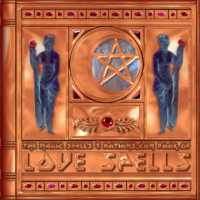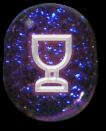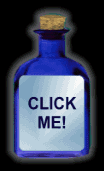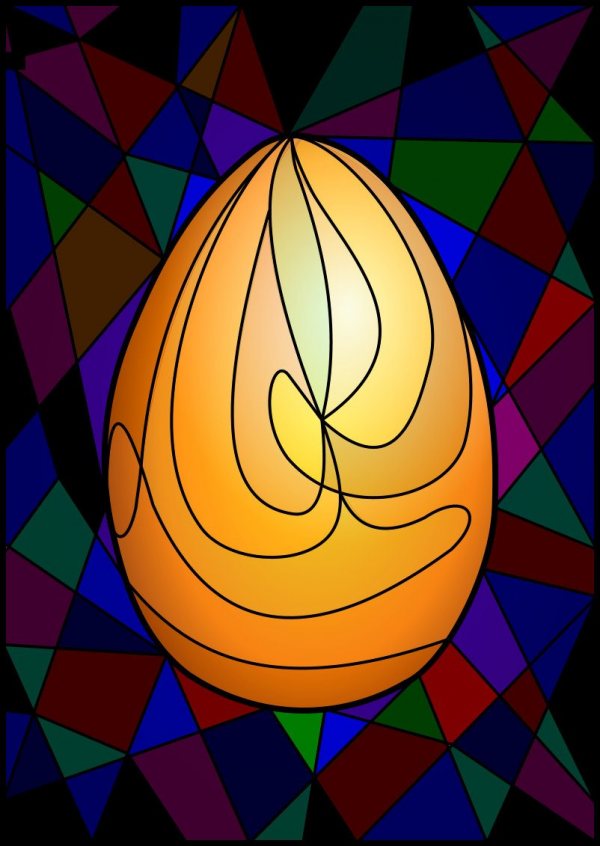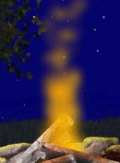Currants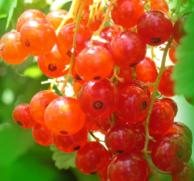
The original Currants in times past were small grapes, grown in Greece at Zante, near Corinth, and termed Corinthians; then they became Corantes, and eventually Currants.
Added Jul 3, 2010
| 10,969 Reads
But, as an old Roman proverb pertinently said: Non cuivis homini contingit adire Corinthum, "It was not for everyone to visit fashionable Corinth." And therefore the name of Currants became transferred in the Epirus to certain small fruit of the Gooseberry order which closely resembled the grapes of Zante, but were identical rather with the Currants of our modern kitchen gardens, such as we now use for making puddings, pies, jams, and jellies. The bushes which produce this fruit grow wild in the Northern part, of Great Britain, and belong to the Saxifrage order of plants. The wild Red Currant bears small berries which are intensely acid. In modern Italy basketsful are gathered in the woods of the Apennines, and the Alps. Currants are not mentioned in former Greek or Roman literature, nor do they seem to have been cultivated by the Anglo-Saxons, or the Normans. Our several sorts of Currants afford a striking illustration of the mode which their parent bushes have learnt to adopt so as to attract by their highly coloured fruits the birds which shall disperse their seeds. These colours are not developed until the seed is ripe for germination; because if birds devoured them prematurely the seed would fall inert. But simultaneously come the ripeness and the soft sweet pulp, and the rich colouring, so that the birds may be attracted to eat the fruit, and spread the seed in their droppings. Zeuxis, a famous Sicilian painter four hundred years before Christ, depicted currants and grapes with such fidelity that birds came and tried to peck them out from his canvas. White Currants are the most simple in kind; and the Red are a step in advance. If equal parts of either fruit and of sugar are put over the fire, the liquid which separates spontaneously will make a very agreeable jelly because of the "pectin" with which it is chemically furnished. Nitric acid will convert this pectin into oxalic acid, or salts of sorrel. The juice of Red Currants also contains malic and citric acids, which are cooling and wholesome. In the Northern counties this red Currant is called Wineberry, or Garnetberry, from its rich ruddy colour, and transparency. Its sweetened juice is a favourable drink in Paris, being preferred there to the syrup of orgeat (almonds). When made into a jelly with sugar the juice of red Currants is excellent in fevers, and acts as an anti-putrescent; as likewise if taken at table with venison, or hare, or other "high" meats. This fruit especially suits persons of sanguine temperament. Both red and white Currants are without doubt trustworthy remedies in most forms of obstinate visceral obstruction, and they correct impurities of the blood, being certainly antiseptic. The black Currant is found growing wild in England, for the most part by the edges of brooks, and in moist grounds, from mid-Scotland southwards. Throughout Sussex and Kent the shrub is called "Gazles" as corrupted from the French Groseilles (Gooseberries). The fruit is cooling, laxative, and anodyne. Its thickened juice concocted over the fire, with, or without sugar, formed a "rob" of Old English times. The black Currant is often named by our peasantry "Squinancy," or "Quinsyberry," because a jelly prepared therefrom has been long employed for sore throat and quinsy. The leaf glands of its young leaves secrete from their under surface a fragrant odorous fluid. Therefore if newly gathered, and infused for a moment in very hot water and then dried, the leaves make an excellent substitute for tea; also these fresh leaves when applied to a gouty part will assuage pain, and inflammation. They are used to impart the flavour of brandy to common spirit. Bergius called the leaf, mundans, pellens, et diuretica. Botanically the black Currant, Ribes nigrum, belongs to the Saxifrage tribe, this generic term Ribes being applied to all fresh currants, as of Arabian origin, and signifying acidity. Grocers' currants come from the Morea, being small grapes dried in the sun, and put in heaps to cake together. Then they are dug out with a crow-bar, and trodden into casks for exportation. Our national plum pudding can no more be made without these currants than "little Tom Tucker who for his supper, could cut his bread without any knife or could find himself married without any wife." Former cooks made an odd use of grocers' currants, according to King, a poet of the middle ages, who says:— "They buttered currants on fat veal bestowed, On the kitchen Currant a riddling rhyme was long ago to be found in the Children's Book of Conundrums:— "Higgledy-piggledy, here I lie Eccles cakes are delicious Currant sandwiches which are very popular in Manchester. Black Currant jelly should not be made with too much sugar, else its medicinal-virtues will be impaired. A teaspoonful of this jelly may be given three or four times in the day to a child with thrush. In Russia the leaves of the black Currant are employed to fabricate brandy made with a coarse spirit. These leaves and the fruit are often combined by our herbalists with the seeds of the wild carrot for stimulating the kidneys in passive dropsy. A medicinal wine is also brewed from the fruit together with honey. In this country we use a decoction of the leaf, or of the bark as a gargle. In Siberia black Currants grow as large as hazel nuts. Both the black and the red Currants afford a pleasant home-made wine. Ex eo optimum vinum fieri potest non deterius vinis vetioribus viteis, wrote Haller in 1750. White Currants, however, yield the best wine, and this may be improved by keeping, even for twenty years. Dr. Thornton says: "I have used old wine of white Currants for calculous affections, and it has surpassed all expectation." A delicate jelly is made from the red Currant at Bas-le-duc; and a well-known nursery rhyme tells of the tempting qualities of "cherry pie, and currant wine." A rob of black Currant jam is taken in Scotland with whiskey toddy. Shakespeare in the Winter's Tale makes Antolycus, the shrewd "picker-up of unconsidered trifles" talk of buying for the sheep-shearing feast "three pounds of sugar, five pounds of currants, and rice." In France a cordial called Liqueur de cassis is made from black Currants; and a refreshing drink, Eau de groseilles, from the red. Some forty years ago, at the time of the Crimean war a patriotic song in praise of the French flag was most popular in our streets, and had for its refrain, "Hurrah for the Red, White, and Blue!" So valuable for food and physics are our tricoloured Currants that the same argot may be justly paraphrased in their favour, with a well-merited eulogium of "Hurrah for the White, Red, Black!"
Added Jul 3, 2010
| 10,969 Reads
Share The Magic ...
The GoE MONEY!!! Course - A Course In Real MONEY MAGIC!
|


